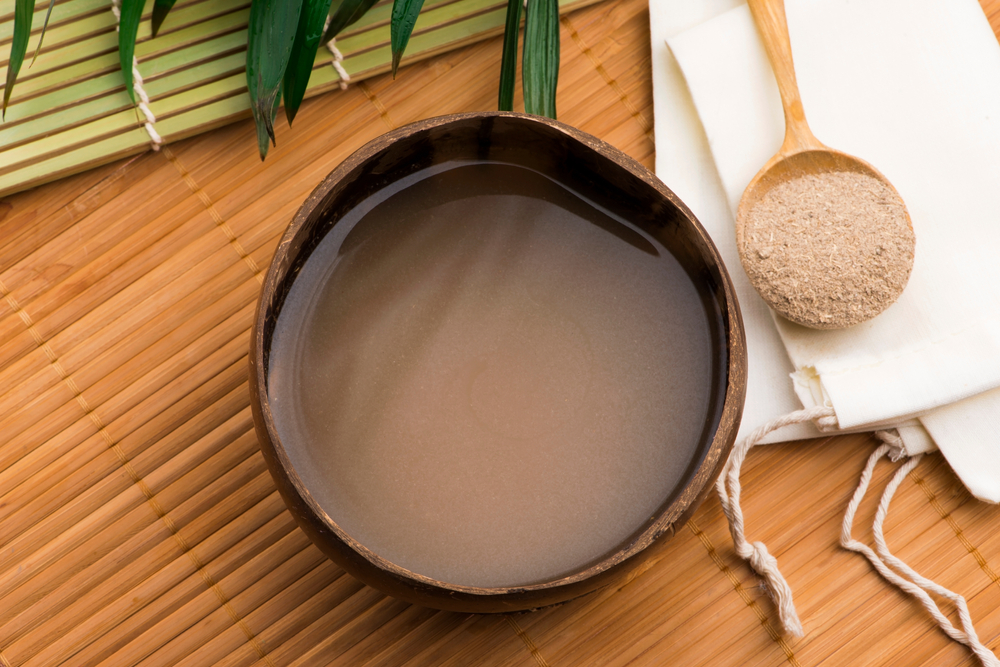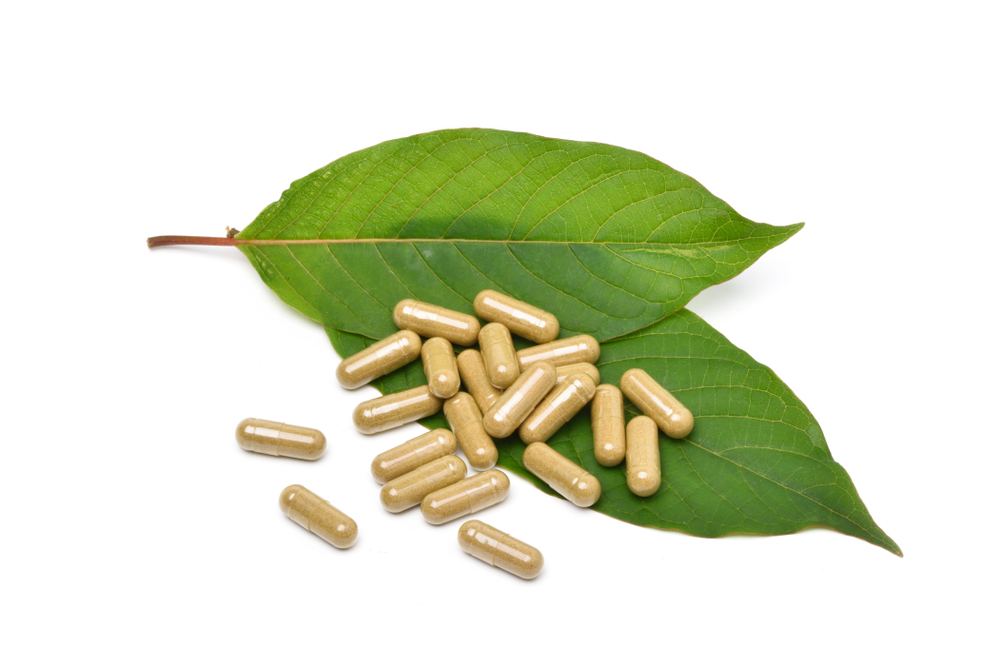We’ve seen a lot of our customers asking about the difference between Kratom vs Kava so we figured we’d create this blog as a helpful tool to breakdown the differences between these two botanicals. When it comes to plant-based alternatives, kratom and kava are two names that show up a lot. Both come from Southeast Asia, both are used for different kinds of mood or energy support, and both are growing fast in popularity across the U.S. But they’re very different plants, and if you’re trying to decide which one’s right for you, understanding how they compare is a solid place to start.
Let’s break down what kratom vs kava actually are, how people typically use them, how they’re different, and what you should know before trying either one.
What Is Kratom?
Kratom comes from the Mitragyna speciosa tree, which grows naturally in countries like Thailand, Indonesia, and Malaysia. Locals have used kratom leaves for centuries, usually chewing them or brewing them into tea.
The main active compounds in kratom are mitragynine and 7-hydroxymitragynine, which interact with the body’s receptors in unique ways. Kratom is often used in powder, capsule, tablet, extract, or shot form, and it’s known for having a range of effects depending on the strain and serving size.
Some kratom strains are more commonly associated with calm or focus, while others are used by folks looking for a more energizing kick.
What Is Kava?
Kava, or Piper methysticum, is a root found mainly in the South Pacific: places like Fiji, Vanuatu, and Tonga. It’s been part of ceremonial and social life for generations, and locals often prepare it by crushing the root and mixing it with water to create a traditional drink.
The active compounds in kava are called kavalactones, which are thought to interact with different systems in the brain than kratom. Most people drink kava for its calming, relaxing, or chill-out effects. It’s not a stimulant, and it doesn’t typically affect energy levels in the same way kratom might.
Kava is usually consumed as:
- A brewed tea
- A pre-mixed drink
- Powdered instant kava
- Capsules or tinctures
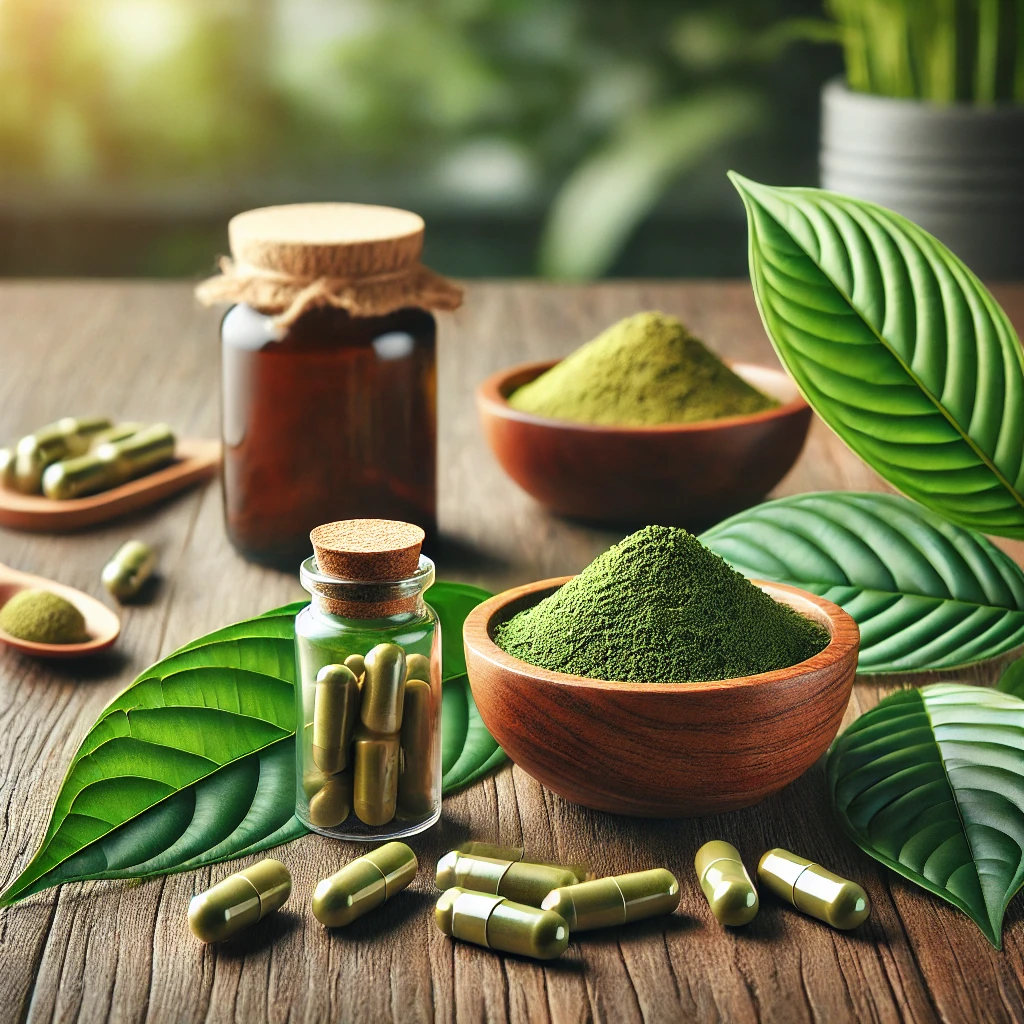
Differences between Kratom vs Kava?
Here’s where things get interesting when debating Kratom vs Kava. Even though kratom and kava are both natural plants from similar regions, they work in very different ways.
| Feature | Kratom | Kava |
|---|---|---|
| Plant Source | Mitragyna speciosa (leaf) | Piper methysticum (root) |
| Region | Southeast Asia | South Pacific Islands |
| Active Compounds | Mitragynine, 7-OH | Kavalactones |
| Forms | Powder, capsules, tablets, extracts, shots | Tea, drinks, powder, capsules |
| Effects Range | Energizing to calming (depending on strain/dose) | Relaxing, calming, mild mood support |
| Traditional Use | Work support, rituals, social use | Ceremonial, social, calming |
Common Reasons People Use Kratom vs Kava
Most folks turn to kratom vs kava for different reasons, even if there’s some overlap.
People often choose kratom for:
- Staying focused during work or studying
- Support during long shifts or physical labor
- Midday energy boosts
- Managing “off days” without feeling foggy
People often choose kava for:
- Winding down after a stressful day
- Supporting calm or relaxation without sedation
- Social situations (some even use it in place of alcohol)
- Sleep support before bed
Both offer their own unique experience. Some kratom users even rotate between kratom and kava depending on the time of day or what their day looks like.
How Long Does Kratom vs Kava Take to Kick In?
Everyone’s different, but here’s a general idea:
- Kratom usually kicks in within 20 to 45 minutes, depending on the form (extracts are faster than powders or capsules).
- Kava tends to be a bit faster, especially in liquid form – people often feel effects within 15 to 30 minutes.
The duration and intensity can vary based on things like serving size, metabolism, and what you’ve eaten.
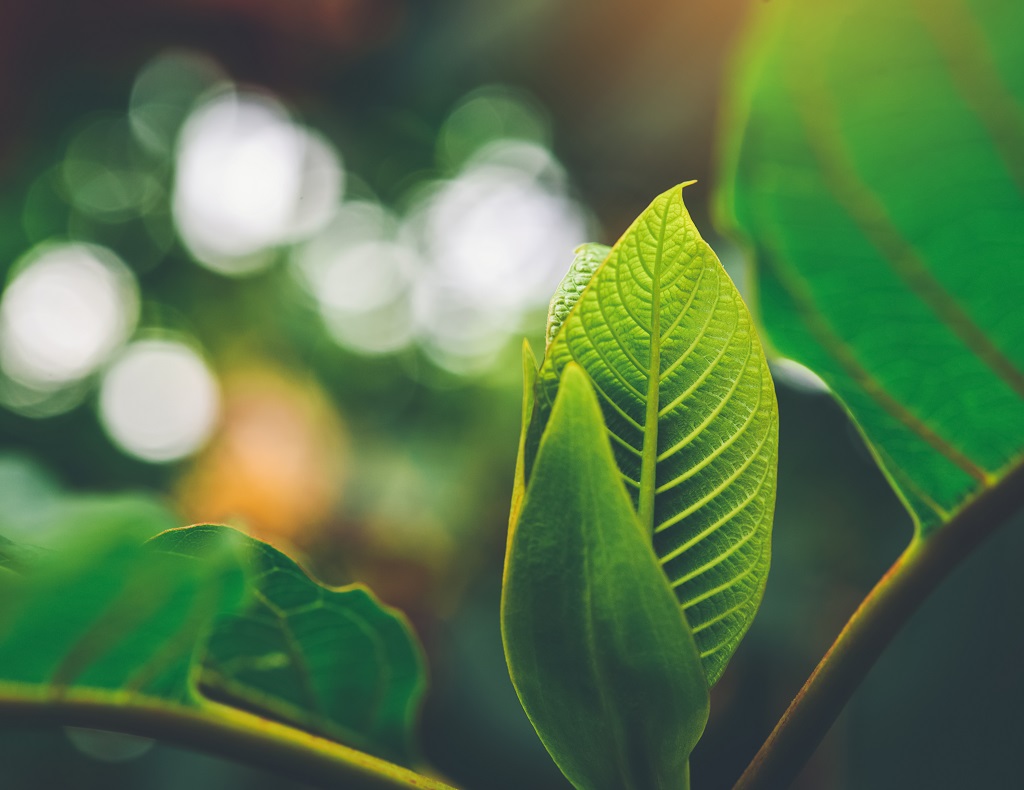
Taste and Prep: What to Expect
Let’s be real, neither kratom nor kava wins awards for flavor.
- Kratom has a bitter, earthy taste. That’s why many people choose capsules or tablets to avoid the powder altogether.
- Kava has a peppery, muddy flavor that takes some getting used to. It’s often mixed with flavored drinks or served cold.
If taste is a dealbreaker, both come in flavored extracts or alternative forms that make them easier to work into your routine.
Is One Safer Than the Other?
Kratom vs kava are considered plant-based supplements, but that doesn’t mean you should treat them casually. Like anything, it’s important to do your research and only buy from reputable vendors that are transparent about their sourcing and ingredients.
Some users experience side effects if they take too much of either product or combine it with other substances. That’s why most folks start low and slow and keep an eye on how their body responds.
Always follow local laws and regulations and when in doubt, talk to someone who knows what they’re doing or consult a healthcare professional about kratom vs kava.
Legal Status: Kratom vs Kava in the U.S.
When it comes to legality, kava and kratom are treated very differently, even though both are plant-based and used as natural alternatives.
Kava’s Legal Standing
Kava is widely legal throughout the United States and many other countries. It’s often found in health stores, specialty supplement shops, and even kava bars in some cities. While kava has faced scrutiny in the past due to concerns about liver health, those concerns have mostly been addressed through ongoing studies and better product regulation. Right now, there are no major legal restrictions on kava in the U.S., and you can freely buy it online or in person.
Kratom’s Legal Landscape
Kratom’s legal status is a little bit trickier. At the federal level, kratom is not classified as a controlled substance, which means it’s legal to buy, sell, and possess in most of the country. However, state and local laws vary and they change often.
Here’s what that means:
- Some states have banned kratom entirely (such as Alabama and Wisconsin)
- Others allow kratom but regulate it through labeling laws or age restrictions
- A few counties or cities have their own bans, even if the state allows it
Because kratom laws are always evolving, it’s important to double-check your local regulations before placing an order or traveling with it. Some states have started passing kratom consumer protection acts, which aim to regulate product quality rather than ban it altogether, but enforcement and guidelines still vary.
Tips for Staying Compliant
- Check your local laws, even if kratom is legal in your state. Some counties and cities have their own restrictions.
- Buy from reputable vendors who follow local guidelines and ship only to legal areas.
- Stay informed, especially if you’re in a state where legislation around kratom is active or changing.
When in doubt, you can reach out to vendors like us, we stay up to date on where we’re able to ship and always respect local laws.
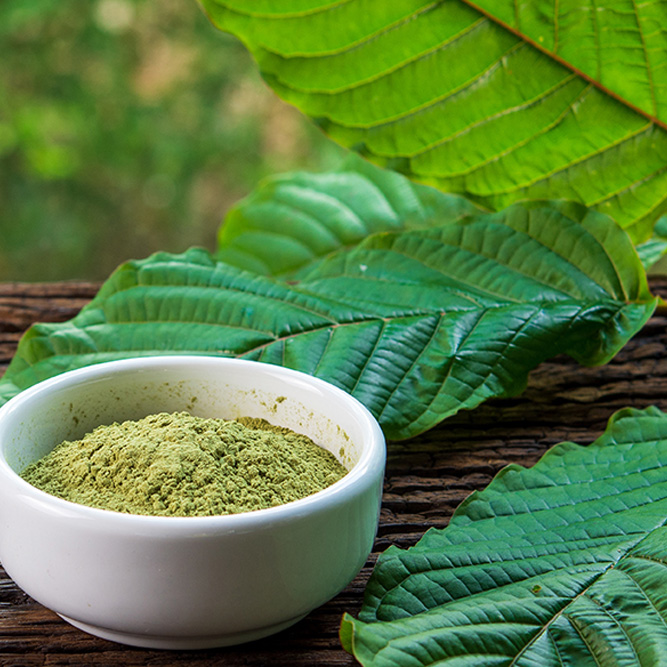
Can You Mix Kratom and Kava?
This question comes up a lot and it makes sense. Both kratom vs kava are used for different kinds of support, and some people wonder if combining them could enhance the experience.
But here’s the deal: they affect the body in very different ways, and there’s not a lot of research out there on how they interact. Kratom works on certain receptors. Kava works on others. Mixing them could lead to unexpected results, especially if you’re not familiar with how your body responds to each individually.
Most experienced users recommend using them separately, especially when you’re new to either. If you’re curious about both, try them at different times of day or on different days altogether. This gives you a better idea of what each one does on its own and how it fits into your routine.
So… Which One Is Better In The Kratom vs Kava Debate?
Honestly? It depends on what you’re looking for.
- If your day calls for focus, motivation, or something to keep you going, a kratom product might be the right fit.
- If you’re looking to chill out, loosen up socially, or wind down before bed, kava might be more your speed.
Some folks swear by one or the other. Some switch between the two depending on the time of day or what kind of mood they’re in. There’s no one-size-fits-all answer here, it’s about finding what works for you.
If you’re trying to decide between kratom vs kava, think about your goals and when you’ll be using it. A little trial and error (with a smart, informed approach) goes a long way.
Final Thoughts: Kratom vs Kava
At the end of the day, kratom vs kava are two totally different plants with their own histories, effects, and communities built around them. They’ve both been used for generations, but for very different reasons. Neither one is “better”, they just offer different experiences, and which one you prefer depends on what you’re looking for.
If you’re curious about trying either, take some time to explore your options. Look for well-reviewed products from reputable vendors that clearly list ingredients and sourcing details. Don’t be afraid to try a few different formats, whether that’s capsules, powders, teas, or extracts, to figure out what works best for your lifestyle.
Kratom vs kava debate is gaining popularity for a reason. As long as you stay informed, buy from trusted sources, and listen to your body, you’ll be in a good spot to make the most of whatever path you choose.
Disclaimer: Our content does not constitute a medical consultation. Please see full disclaimer for more details.
